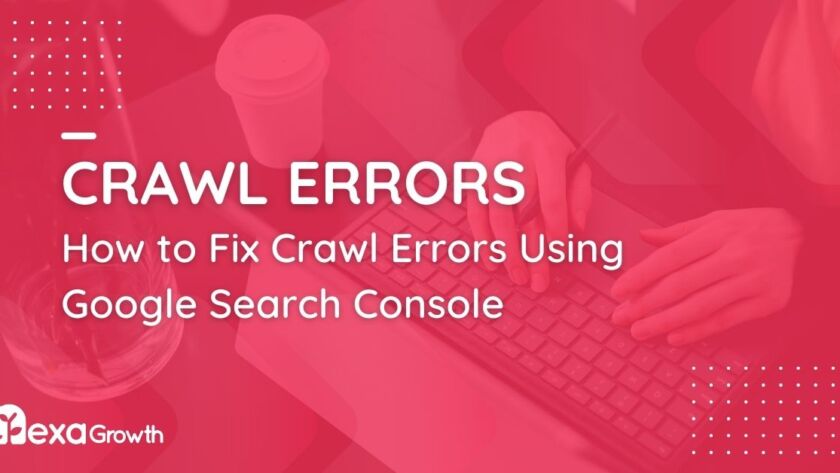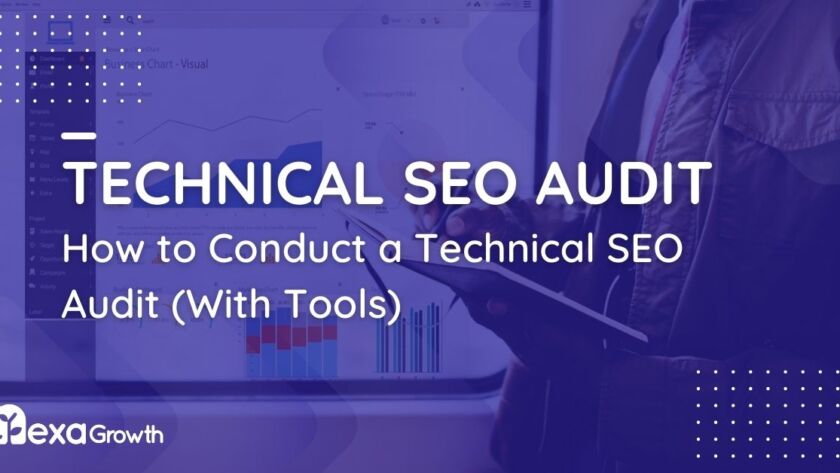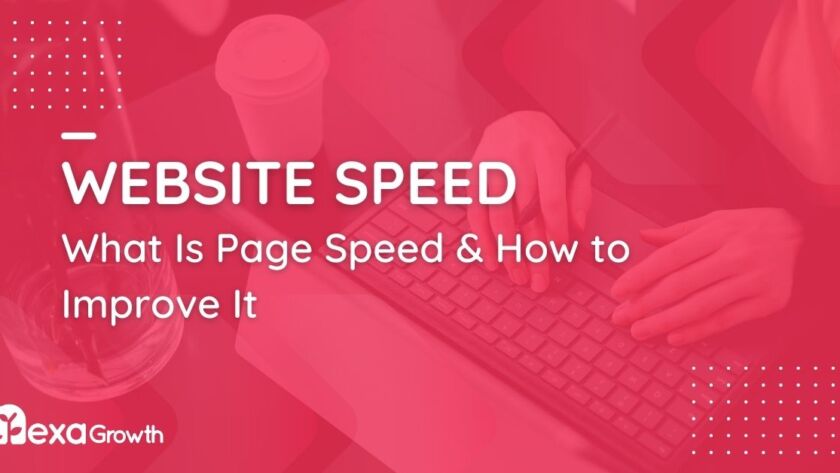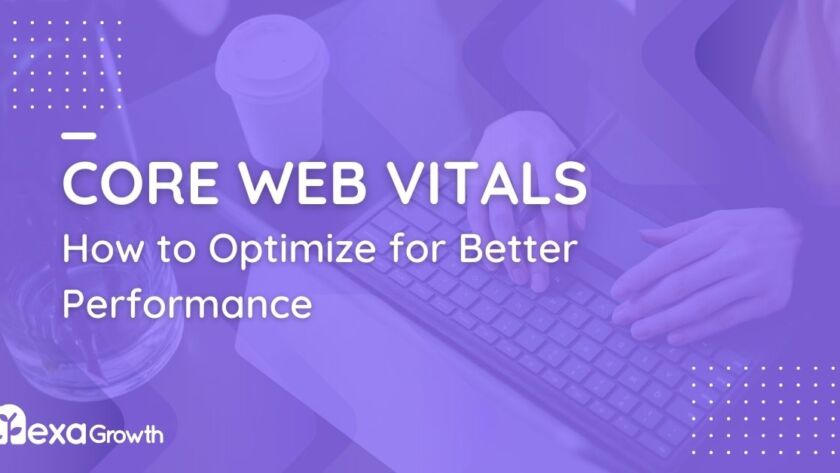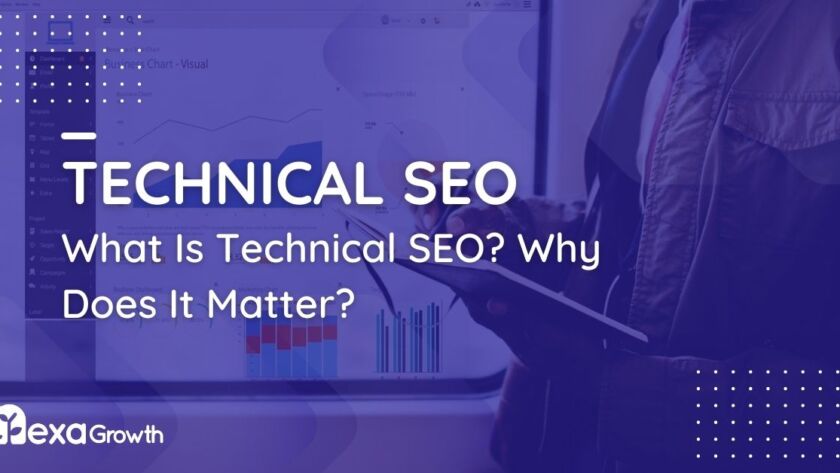📌 Key Takeaways
Crawl errors occur when search engine bots fail to access a website's content, leading to missed indexing and lower rankings.
About 25% of websites face crawlability challenges.
You can find and fix crawl errors using tools like Google Search Console's Indexing > Pages report and URL Inspection…
